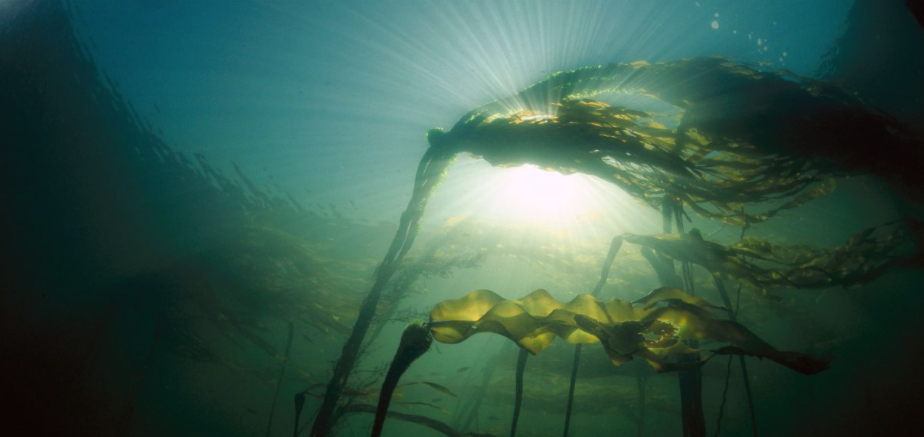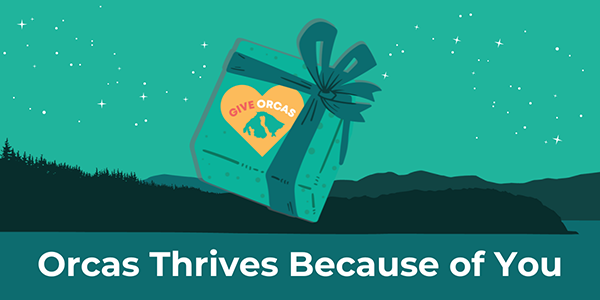||| FROM HAKAI MAGAZINE ||| REPRINT AT REQUEST OF ORCASONIAN READER
Cornelia Rindt steadies herself on a rocking boat while she and colleagues lean over the side to secure a meter-long tube of mud. It is her team’s first sample taken from the seafloor on British Columbia’s coastline. It will take more than a week to get just six more.
“It’s as much of an art as it is a science,” says Rindt, a project developer for BC-based consultancy Ostrom Climate Solutions (formerly NatureBank). The coring device has to be lowered blindly through 100 meters of water—too deep for divers to navigate—and land vertically at the right speed, rather than bouncing off a rock or tipping over in the currents, in order to capture a good slice of the soft sediment below. That will then go to the lab to determine how much carbon is locked inside. It takes maybe five tries to get a good sample, she says; some days they get nothing at all. Once, she remembers, the loose mud they pulled up flooded out of the tube before they could capture it: “That was 30 centimeters of sample that just went whoosh. It was deep green and I could smell the carbon.”
The sampling is part of Ostrom Climate Solutions’s effort to help fill in the giant scientific blanks about kelp, the group of large brown algae that make up the oceanic “forests” of Canada’s west coast. The company is making the effort at the behest of Coastal First Nations (CFN), an alliance of nine First Nations in British Columbia, and the Nanwakolas Council, representing five First Nations with traditional lands on northern Vancouver Island and part of the BC mainland coast. The big question they seek to answer is just how much kelp sloughs off, like dead skin, and falls to the ocean floor for permanent storage in the sediment. In other words: just how good is kelp at locking up carbon and helping to fight climate change?
That work is needed to back the global push to make the aquatic resource eligible for carbon credits—a sometimes-controversial scheme whereby people can earn credit for stopping carbon dioxide from reaching the atmosphere, and sell that credit on to companies aiming to counteract their own emissions. Some players are anticipating seaweed, including kelps, could join the carbon-credit market as early as this year.
CFN is keen on the idea: if seaweed qualifies for carbon credits, then they could earn hard cash for restoring or farming kelp. Their communities “are very excited, because it’s a sustainable way of generating some income and giving back [to the ocean],” says Christine Smith-Martin, executive director of CFN who is from the Haida and Tsimshian First Nations.
Ostrom Climate Solutions isn’t alone in doing the science to back that idea. A global effort to understand the carbon potential of seaweed has also been spearheaded by Oceans 2050—an initiative cofounded in 2020 by Alexandra Cousteau (granddaughter of Jacques-Yves Cousteau and a well-regarded environmental activist in her own right) aiming to restore global ocean abundance. Like Ostrom Climate Solutions, they too are in the midst of their initial research into just how much carbon is stored under seaweed—and how much credit someone would deserve for helping seaweed to do that job.
Launched in October 2020, Oceans 2050’s 15-month seaweed research project has cored the seafloor under 21 seaweed farms in 13 countries on five continents. The majority of these are in Asia, but one is very close to where the coastal First Nations live. Cascadia Seaweed, a three-year-old endeavor that has kelp farms in Barkley Sound, on the west coast of Vancouver Island, is Oceans 2050’s sole representative on the west coast of North America.
For Carlos Duarte, the chief science adviser behind Oceans 2050, seaweed farming looks like a vital contribution to saving the planet from climate change and restoring ocean life. In the future, Duarte envisions a world plastered with four million square kilometers of seaweed farms globally (2,000 times the current area of just 2,000 square kilometers), creating a thriving ecosystem for fish and collectively earning farmers billions of carbon credits a year. That’s a multibillion-dollar industry that hasn’t yet gotten started—but which could transform the oceans and a small slice of the carbon economy over the coming decades. Duarte calls it the “seaweed aquaculture imperative.”
Carbon credits have been around since the 1990s. Projects that sequester carbon—like tree planting—can earn one sellable credit for every tonne of CO2 equivalent that is prevented from entering the atmosphere. Though a simple idea, the market has had a bumpy and controversial history. Some credits have, for example, perversely incentivized companies to raze one forest in order to plant another, or to avoid decarbonizing their own business.
Various nonprofit organizations oversee the voluntary market to verify and police carbon credits. The most widely used of these registry services is Washington, DC–based Verra, which runs the Verified Carbon Standard offset program. COP26, the United Nations climate meeting in Glasgow, Scotland, this past November gave a huge boost to the voluntary carbon-credit market by adopting new rules allowing nations to partially meet their emissions targets by buying these offsets. It’s a change that has helped to legitimize the market.
So far, Verra has certified more than 855 million carbon credits, almost entirely for land-based projects including avoided deforestation and reduced emissions from manufacturing—sectors that were better understood scientifically and had larger-scale projects already underway in the market’s early days. Only in recent years has Verra added marine-based or so-called blue carbon to their registry, from projects that conserve, restore, or expand mangroves, salt marshes, and seagrasses. Seaweed farming, observers say, is next in line. In August 2021, Verra launched a Seascape Carbon Initiative to help advance the blue-carbon market. “Seaweed farming has a lot of potential,” says Anne Thiel, communications manager for Verra.
While the scope for the blue-carbon market is smaller than for its land-based cousin, the price tag is typically higher. That’s because companies are willing to pay more for carbon credits that have side benefits for local populations and ecosystems, and that come with publicity-friendly stories and photos that buyers can paste into their advertisements and annual reports. While land-based-forestry carbon credits can go for less than US $1 per credit, blue-carbon credits have been known to fetch $15 or more.
**If you are reading theOrcasonian for free, thank your fellow islanders. If you would like to support theOrcasonian CLICK HERE to set your modestly-priced, voluntary subscription. Otherwise, no worries; we’re happy to share with you.**









San Juan County has the longest shoreline of any county in the United States. There is great potential for seaweed (kelp) farming and for protection and expansion of eelgrass meadows for carbon credits. This will be gravy on the existing habitat benefits provided by eelgrass meadows and kelp forests.